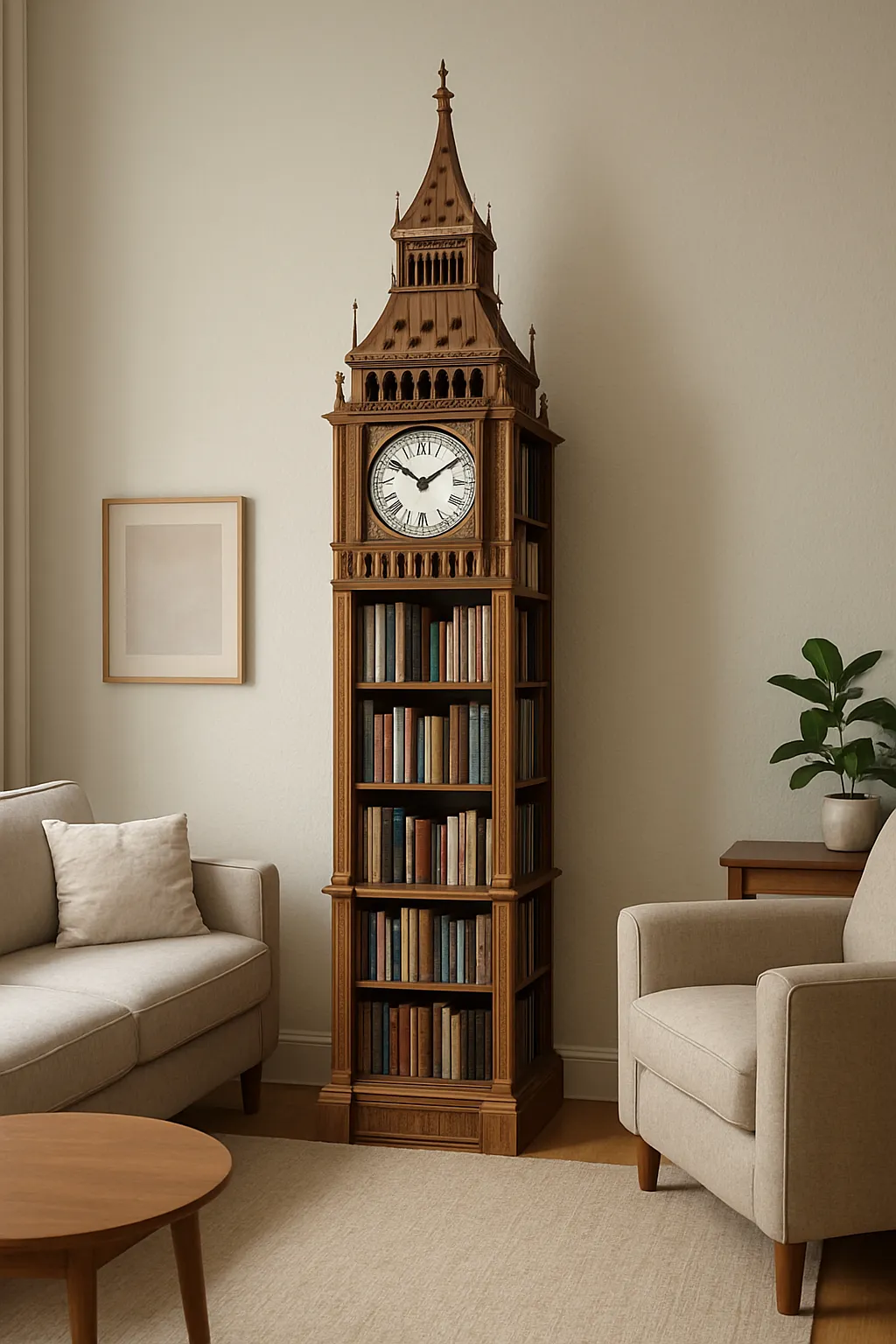Paris, France – 7-day Couple Trip Safety Briefing
Current safety status
- Overall: Paris is generally safe for tourists, with a strong police presence around major sights. Exercise normal big-city precautions.
- Crime: Petty theft (pickpocketing, bag snatching) is the primary risk, especially in crowded areas, public transport, and popular landmarks. Violent crime against tourists is rare.
- Common scams:
- Friendship bracelet on steps of Sacré-Cœur (someone ties a string/bracelet and demands payment)
- Petition/donation scams near museums/Notre-Dame/Eiffel Tower
- Gold ring “found” trick asking for a reward
- Fake taxi fare hikes from airports; unlicensed cabs
- Tap-and-go contactless theft attempts in crowds (RF skimmers are rare but keep cards secure)
- Political stability: Stable. Periodic demonstrations/strikes (grèves) can disrupt transport and cause crowding; protests are usually announced and policed. Avoid demonstrations.
- Terrorism: Low likelihood but non-zero in major European capitals. Visible security at transport hubs and landmarks.
Areas to be cautious about or avoid
- Around major hubs: Châtelet–Les Halles, Gare du Nord, Gare de l’Est, Saint-Lazare, and around the Eiffel Tower/Trocadéro—heightened pickpocket activity. Stay alert, especially on RER B to/from CDG.
- Montmartre steps (Sacré-Cœur) and around Pigalle at night: watch for bracelet scam and aggressive street sellers; stick to lit, busier streets.
- Northern edge of 18th/19th arrondissements and around Porte de la Chapelle/La Chapelle late at night: can feel rough with occasional petty crime/drug activity—use transport or taxis rather than walking.
- Bois de Boulogne and Bois de Vincennes late night: poorly lit, known for illicit activity—avoid after dark.
- Demonstration sites (e.g., Place de la République, Nation) during protests: give a wide berth.
Top 5 Paris-specific safety tips
- Guard your gear: Use anti-theft camera bag with zipper locks; carry camera cross-body and keep one hand on it in crowds. Avoid changing lenses in packed areas.
- Metro savvy: Keep phones and wallets deep in zipped pockets or inside bags; beware door snatch-and-run when trains close. Spread valuables (don’t keep everything in one place).
- Handle approaches: Politely but firmly say “Non, merci” and keep walking if approached for signatures, bracelets, or “found” items. Do not engage or take items offered to you.
- Taxis/transport: Use licensed taxis (Taxi Parisien roof light) or ride-hailing apps (G7, Uber). From airports, follow official taxi queues; agree to the flat fare to Paris before departure.
- Night routines: For evening walks, choose well-lit, busy boulevards and riverbanks near central areas. Keep alcohol moderate, and plan your route back before it’s late; use rideshares after midnight.
Local laws and cultural norms
- ID: You must be able to show ID if requested by police. Carry a copy of your passport; keep the original locked at your accommodation.
- Photography: Allowed in public, but avoid photographing security personnel, military, or inside some churches/museums where restricted. Tripods may require permission in some indoor sites.
- Drones: Generally prohibited in central Paris without authorization—don’t fly one.
- Alcohol and public spaces: Drinking is tolerated but intoxication in public can draw police attention. No open glass bottles in some riverbank areas during events.
- Smoking: Banned inside restaurants, bars, public transport, stations; allowed on many terraces—look for signs.
- Tipping: Service is included; small rounding up (5–10%) for excellent service is appreciated.
- Greetings: A polite “Bonjour/Bonsoir” before asking for help goes a long way.
Emergency contacts (save in your phone)
- European emergency number (police/ambulance/fire): 112
- Police (local): 17
- Ambulance (SAMU): 15
- Fire brigade/rescue (Pompiers): 18
- Paris Tourist Police (multilingual assistance): +33 1 73 74 26 53 (Préfecture de Police info line)
- Your embassy/consulate in Paris: save its number and address before traveling
Recommended safety gear and apps
- Gear:
- Anti-theft daypack/camera bag with lockable zippers and a cut-resistant strap
- Cable lock to secure bag to chair during dining (optional but handy)
- Rain cover for camera, microfiber cloths; minimal lens kit to reduce on-street changes
- RFID wallet or keep contactless cards in a zipped inner pocket
- Apps:
- Citymapper or Bonjour RATP (official Paris transport) for routes and service alerts
- G7 or Uber for reliable rides; Paris Aéroport for flight/transfer info
- Google Translate and offline Google Maps
- Travel insurer app with digital ID cards and 24/7 assistance number
- What3words for precise location sharing in parks/along the Seine
- Documents:
- Encrypted digital copies of passports, insurance, serial numbers of camera gear; leave a backup at home
Extra notes for your trip style
- Sightseeing: Visit popular sites early or late to avoid peak crowds (and pickpockets). Use museum lockers rather than carrying all gear.
- Dining: Keep bags between your feet with a strap around your leg; avoid placing phones on café tables at the edge of terraces.
- Evening walks: The Île Saint-Louis, Le Marais, Saint-Germain, and the illuminated Seine quays are pleasant; stick to lively routes and check last metro times.
Have a wonderful first visit—Paris rewards awareness with an easy, enjoyable trip. Safe travels!
Inputs used
Destination
Paris, FranceTrip_Duration
7 daysTravel_Style
Couple55.38
✈️ Travel Safety Briefing – Your Destination Safety Companion
1 sample run
122 words
Verified
Private
55.38
Prompt body









